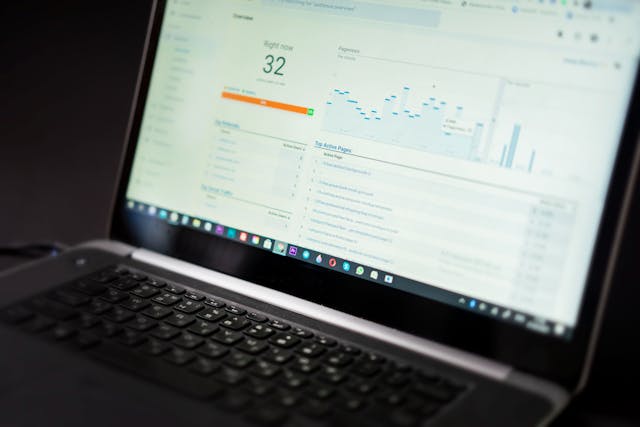Analyzing campaign performance in Mailchimp can feel overwhelming without the right tools. Email marketers often find themselves toggling between dashboards, trying to make sense of open rates, click-through rates, and audience growth. A well-structured reporting template simplifies this process, offering a snapshot of performance while keeping your focus on the metrics that matter.
Having worked on countless email campaigns over the years, I’ve found that reporting becomes far more manageable—and actionable—when it’s streamlined. That’s why a custom reporting template isn’t just helpful; it’s essential.
Why a Reporting Template Matters
Email marketing generates data at every turn. Each campaign provides a treasure trove of insights, but without a system to organize it, the data often goes underutilized. A reporting template serves as your go-to tool for transforming raw numbers into meaningful conclusions.
Not all metrics carry the same weight for every business. A nonprofit might care more about donations per email than product sales, while an eCommerce business will focus heavily on revenue-driven metrics. A template allows for customization, ensuring that the data presented aligns with your goals.
Key Metrics to Include
Some metrics are universal to email marketing success. Open rate reflects how well your subject line resonates with your audience. Click-through rate highlights the strength of your call-to-action and content. Bounce rate signals issues with email deliverability, while unsubscribe rates give insight into whether your messaging is hitting the wrong note.

Revenue per email and conversion rate add another layer of depth for eCommerce campaigns. These metrics tie performance to tangible results, making it easier to justify ongoing investments in email marketing.
Structuring Your Template
A clean and logical structure is critical. Begin with campaign basics like the email’s subject line, send date, and audience size. This provides necessary context for interpreting performance metrics.
Follow this with engagement metrics, detailing opens, clicks, and other core interactions. Segment performance by audience type—new subscribers versus long-time members, for example—if the data supports it.
Include a section for A/B testing results if applicable. Comparing subject lines, imagery, or CTA placement can reveal what’s resonating most with your audience. Keeping these results in your report ensures that future campaigns build on past successes.
Visualizing Data
Tables and charts make reports far easier to digest. A simple line graph showing how open rates have changed over several campaigns provides immediate visual feedback. Pie charts breaking down audience segments or devices used to open emails can also provide quick clarity.
Color coding adds another layer of value. Green for metrics above expectations, yellow for average, and red for areas needing improvement creates a quick, at-a-glance understanding of performance.
Sharing with Stakeholders
Reporting is most valuable when it’s actionable and shareable. Whether you’re updating your boss, clients, or your internal team, a clear and concise reporting template ensures everyone’s on the same page.

A PDF export option can be helpful for those who prefer static reports, while live spreadsheets or interactive dashboards suit teams that thrive on collaboration. Sharing actionable insights based on the data, rather than just presenting raw figures, positions you as a strategic partner in marketing success.
Enhancing Long-Term Strategy
Reviewing these reports over time reveals patterns you might not notice otherwise. Are open rates dropping at a specific time of year? Does a particular type of content consistently drive higher clicks? These insights shape your approach, allowing you to refine audience segmentation, timing, and messaging for better results.
This reporting template isn’t just a tool for reflection; it’s a tool for growth. By focusing on metrics that align with your goals and presenting them in a clear, actionable format, you’ll drive more impactful email marketing campaigns—and better conversations around performance.
Grab this free template, customize it to fit your needs, and see how much easier analyzing your Mailchimp campaigns can become.